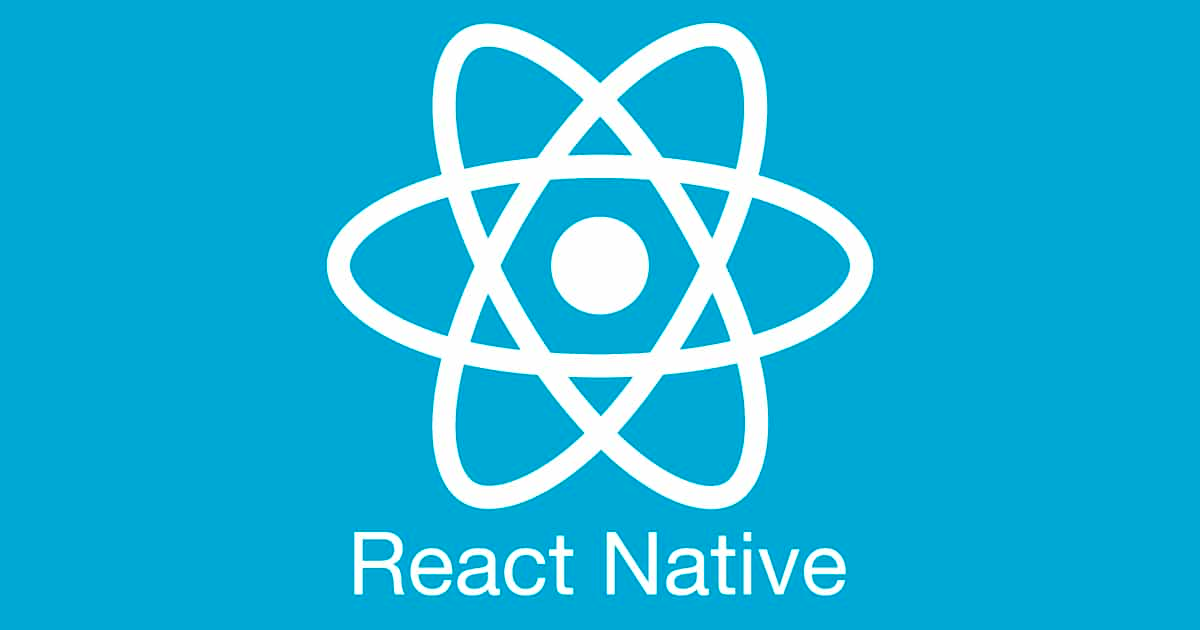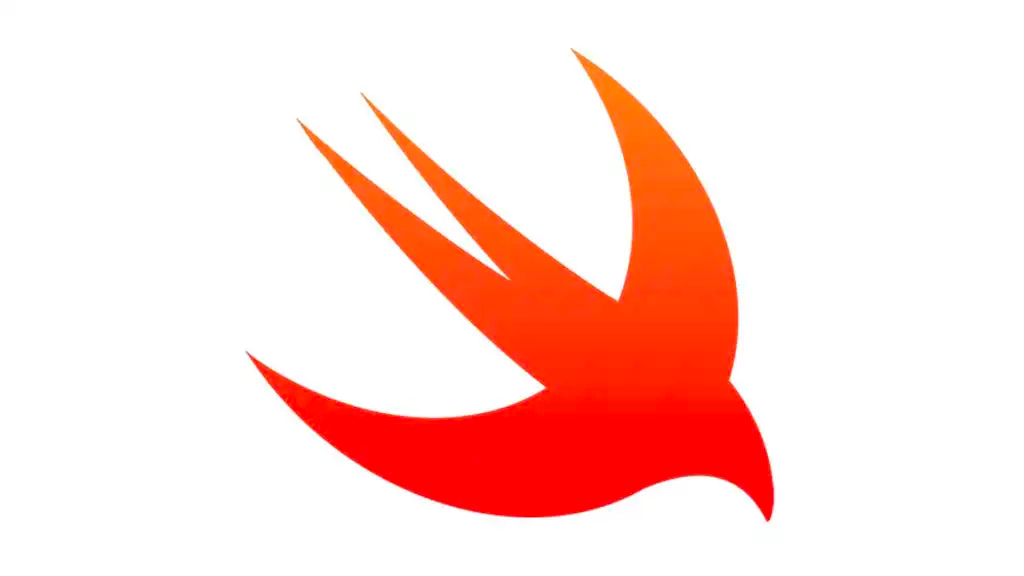Mobile app development trends and technologies
App development industry has been continuously evolving, with new technologies and trends emerging every year.

The rapid growth of the mobile industry has led to an explosion in the number of mobile apps available on the market. As a result, the app development industry has been continuously evolving, with new technologies and trends emerging every year. This article explores the current trends and technologies shaping the future of mobile app development.
Cross-platform App Development
One of the biggest trends in mobile app development is the use of cross-platform development tools and frameworks. Cross-platform app development refers to the creation of apps that can run on multiple platforms, such as iOS and Android. This approach offers several advantages, including reduced development time and cost, as well as the ability to reach a wider audience.
Pros
- Reduced development time and cost, as the app can be developed for multiple platforms at once
- Ability to reach a wider audience, as the app can be made available on multiple app stores
- Easy maintenance, as updates and bug fixes, can be made once and applied to all platforms
Cons
- Potential for lower performance compared to native app development, as cross-platform apps are built with a combination of native and non-native components
- Limited access to platform-specific features and capabilities, as cross-platform app development requires a trade-off between platform-specific functionality and cross-platform compatibility
Best suited for:
Simple or basic apps that do not require access to platform-specific features and capabilities Apps with a wide target audience, as cross-platform app development enables the app to be made available on multiple app stores Apps that require quick development time, as cross-platform app development reduces development time compared to native app development
Most popular technologies
-
React Native
 React Native is a free, open-source framework for building native applications for iOS and Android platforms using JavaScript and React, a popular web development library. It was developed by Facebook and has become one of the top cross-platform mobile development frameworks.
React Native is a free, open-source framework for building native applications for iOS and Android platforms using JavaScript and React, a popular web development library. It was developed by Facebook and has become one of the top cross-platform mobile development frameworks.React Native allows developers to leverage their existing knowledge of JavaScript and React to build their applications, so Web developers can easily use React Native to create mobile apps without obtaining new programming skills.
React Native also offers a hot reload feature, which allows engineers to make changes to the code and see the results instantly, making the development process faster and more efficient. It also supports a wide range of third-party libraries and plugins, making it easy to add new features and functionality to a mobile application.
-
Flutter

Flutter is a free, open-source UI toolkit for building natively compiled applications for mobile, web, and desktop platforms from a single codebase. It was developed by Google and has gained popularity among developers due to its speed, performance, and ease of use.
Apart from enabling cross-platform mobile app development, Flutter also supports the creation of web and desktop applications. This makes it an especially versatile tool for cross-platform development. However, Flutter�’s Dart language can create some challenges for the adoption of the framework since no engineers have used it before.
Like React Native, Flutter also has a hot reload feature, which allows developers to make changes to the code and immediately see the results. Additionally, Flutter’s widget-based architecture allows developers to create custom UI components that can be reused across different parts of the app, further improving mobile development speed and productivity.
Native App Development
Native app development refers to the creation of apps that are specifically designed and built for a particular platform, such as iOS or Android. Native app development offers several advantages, including improved performance and access to platform-specific features and capabilities.
Pros
- Improved performance compared to cross-platform app development, as native apps are built using platform-specific technologies and languages
- Access to platform-specific features and capabilities, such as camera and geolocation functionality
- Improved user experience, as native apps are optimized for the platform they are built for
Cons
- Increased development time and cost, as separate versions of the app, must be developed for each platform
- Limited reach, as the app can only be made available on a single app store
- Increased maintenance, as updates and bug fixes, must be made separately for each platform
Best suited for:
Complex or advanced apps that require access to platform-specific features and capabilities Apps that require high performance, such as gaming apps or virtual reality apps. Apps with a specific target audience, such as iOS-only apps.
Most popular technologies
-
Swift.
 Swift is a high-level general-purpose, multi-paradigm,
compiled programming language developed by Apple Inc. and the open-source community.
First released in June 2014, Swift was developed as a replacement for Apple's earlier programming language Objective-C, as it had been largely unchanged since the early 1980s and lacked modern language features.
Swift is a high-level general-purpose, multi-paradigm,
compiled programming language developed by Apple Inc. and the open-source community.
First released in June 2014, Swift was developed as a replacement for Apple's earlier programming language Objective-C, as it had been largely unchanged since the early 1980s and lacked modern language features. -
Android Studio and Kotlin for Android.

Android Studio is the official integrated development environment (IDE) for native Android app development. It offers a rich set of features, including a visual layout editor, debugging tools, and a variety of templates to help streamline the app development process. It is highly recommended for Android development.
Kotlin is the officially supported programming language for Android app development by Google. It offers modern language features, improved safety, and conciseness compared to Java. Many Android developers prefer using Kotlin due to its benefits.
